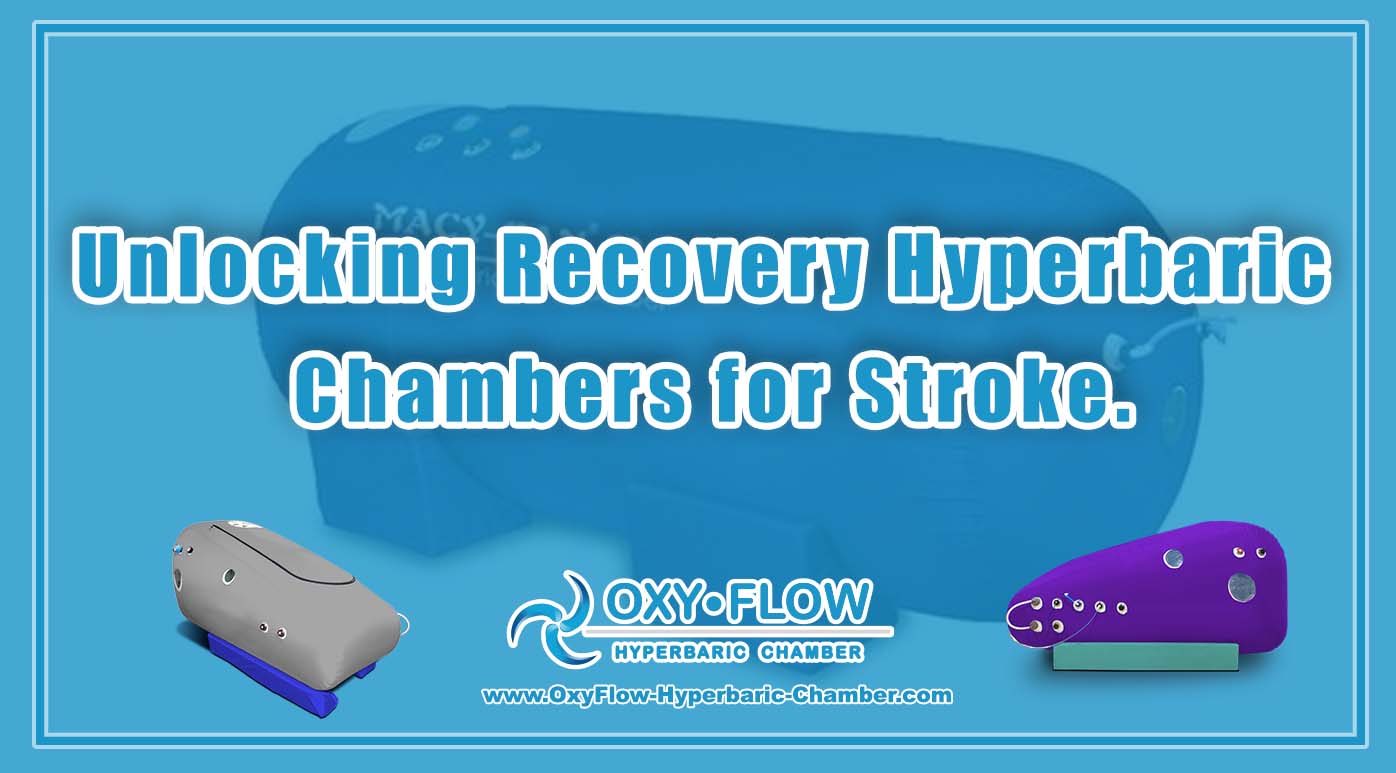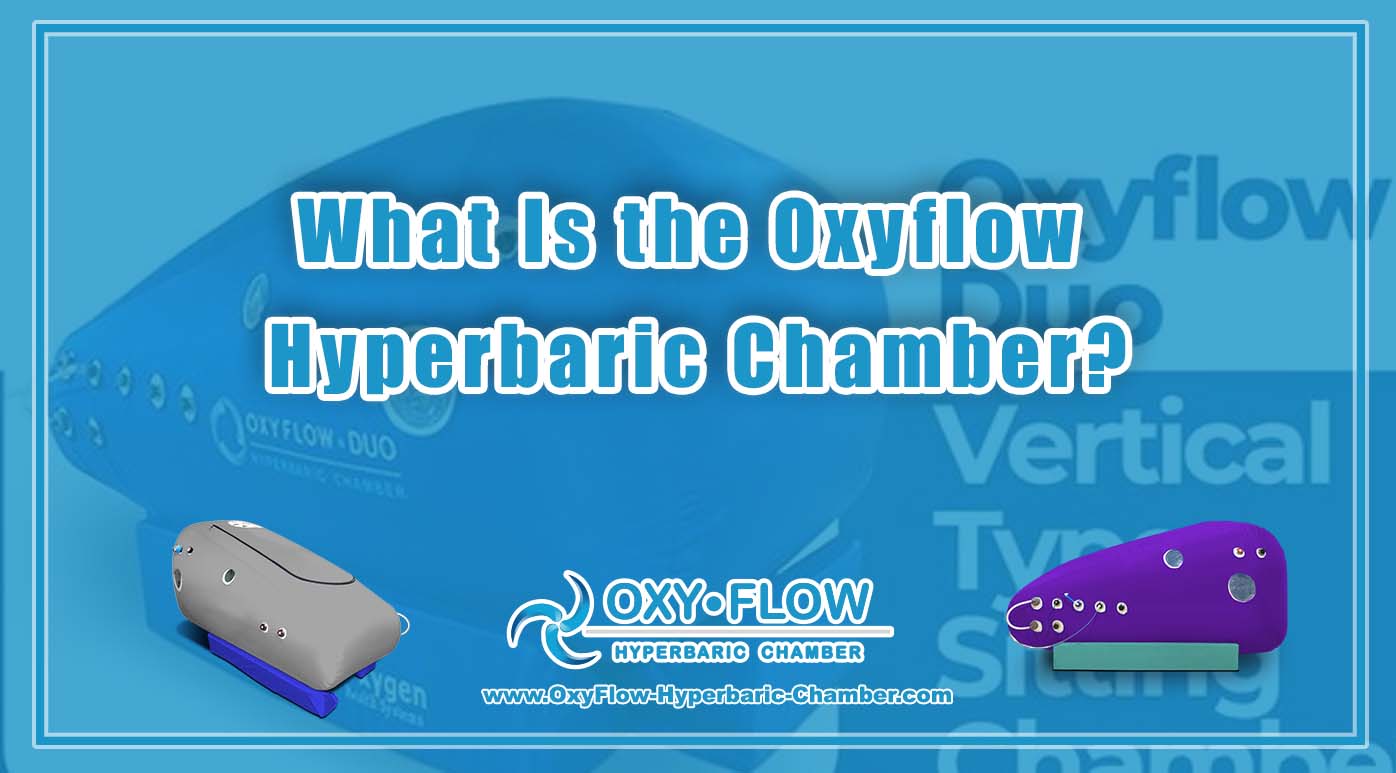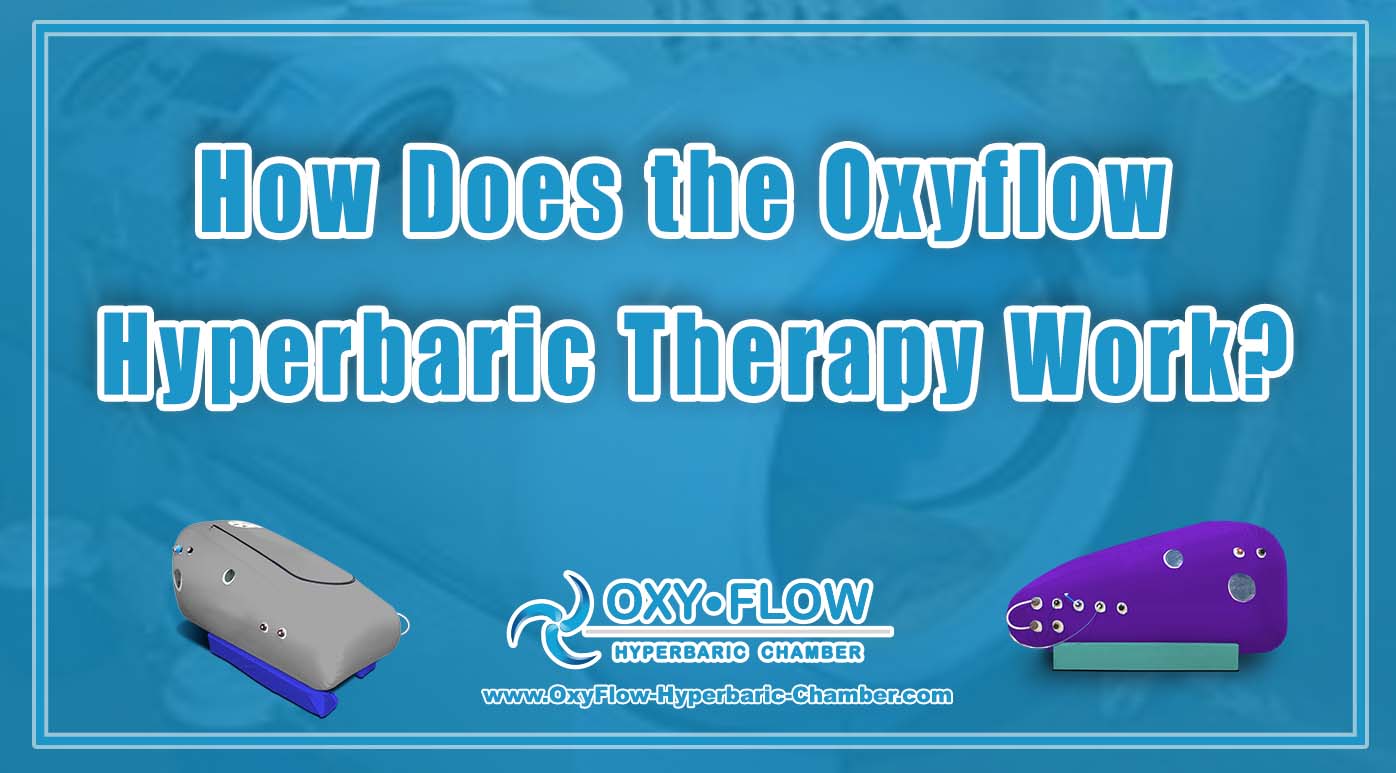
Unlocking Recovery | Hyperbaric Chambers for Stroke.
Unlocking Recovery | Hyperbaric Chambers for Stroke.

Unlocking Recovery In recent years, hyperbaric oxygen therapy (HBOT) has gained traction as a potential treatment option for stroke patients to aid in their recovery. Stroke, a leading cause of disability worldwide, affects millions of individuals each year and often leaves survivors with long-lasting impairments. While traditional rehabilitation methods have been the cornerstone of stroke recovery, emerging therapies like hyperbaric chambers offer new hope by targeting the root cause of stroke damage – lack of oxygen to the brain.
Understanding Stroke and Its Impact.
Before delving into the role of hyperbaric chambers in stroke recovery, it’s essential to understand the mechanism of a stroke and its effects on the body. This interruption in blood flow deprives brain cells of oxygen and nutrients, leading to cell death and neurological deficits.
The aftermath of a stroke can vary widely depending on its severity and the area of the brain affected. Common challenges faced by stroke survivors include paralysis, speech impairments, cognitive deficits, and emotional disturbances. Traditional rehabilitation approaches such as physical therapy, speech therapy, and occupational therapy aim to help patients regain lost function and adapt to their disabilities. However, some individuals may continue to experience limitations despite intensive rehabilitation efforts.
Unlocking Recovery Introducing Hyperbaric Oxygen Therapy (HBOT).
Hyperbaric oxygen therapy involves breathing pure oxygen in a pressurized chamber, allowing the lungs to gather up to three times more oxygen than would be possible under normal conditions. This increased oxygen delivery to the body’s tissues promotes healing by stimulating the growth of new blood vessels, reducing inflammation, and enhancing the body’s ability to fight infections.
The Science Behind HBOT for Stroke Recovery.
Studies have shown that HBOT may offer several benefits for stroke patients. By delivering high levels of oxygen to the brain, HBOT helps to revive oxygen-starved tissues, reduce swelling, and promote the regeneration of damaged neurons. Additionally, the pressurized environment of the hyperbaric chamber triggers the release of stem cells and growth factors, further supporting tissue repair and recovery.
One key advantage of HBOT is its ability to target the long-term consequences of stroke, such as neurodegeneration and cognitive decline. Research suggests that HBOT may help improve cognitive function, memory, and quality of life in stroke survivors by enhancing brain plasticity and supporting neuronal repair.
Unlocking Recovery Clinical Evidence and Promising Results.
Several clinical trials have evaluated the efficacy of HBOT in stroke recovery, with encouraging results. A meta-analysis published in the Journal of Stroke and Cerebrovascular Diseases reviewed data from multiple studies and found that HBOT was associated with improved neurological outcomes and quality of life in stroke patients. Furthermore, researchers observed reductions in post-stroke inflammation and enhanced neuroplasticity among patients undergoing HBOT.
Another study published in the International Journal of Neuroscience reported significant improvements in motor function and activities of daily living in stroke survivors treated with HBOT. These findings suggest that hyperbaric oxygen therapy may serve as a valuable adjunct to traditional rehabilitation strategies, offering a novel approach to optimizing stroke recovery outcomes.
Unlocking Recovery Overcoming Challenges and Expanding Access.
While the potential benefits of HBOT for stroke are promising, several challenges remain in integrating this therapy into standard stroke care. Access to hyperbaric chambers may be limited in some regions, posing barriers to widespread adoption. Additionally, the cost of HBOT sessions and the need for specialized facilities and trained personnel can present obstacles for patients seeking this treatment.
Efforts are underway to address these challenges and expand access to HBOT for stroke survivors. Collaborations between healthcare providers, researchers, and policymakers are essential to advocating for the integration of HBOT into stroke rehabilitation protocols and increasing awareness of its potential benefits. Telemedicine platforms and virtual consultations also offer new opportunities for patients to connect with HBOT providers and access treatment remotely.
Looking Ahead: The Future of Hyperbaric Chambers in Stroke Rehabilitation.
As the field of hyperbaric medicine continues to evolve, it holds promise for revolutionizing stroke rehabilitation and improving outcomes for survivors. Ongoing research efforts are focused on fine-tuning HBOT protocols, identifying optimal treatment regimens, and exploring novel applications of hyperbaric technology in neurological disorders.
In the coming years, we can expect to see advancements in hyperbaric chamber design, enhanced accessibility to HBOT services, and the development of personalized treatment plans tailored to individual stroke patients. By harnessing the power of hyperbaric oxygen therapy, healthcare providers and researchers are poised to unlock new possibilities in stroke recovery and offer hope to those navigating the challenges of post-stroke life.
In conclusion.
Hyperbaric chambers represent a groundbreaking frontier in stroke rehabilitation, offering a unique approach to addressing the complex mechanisms underlying stroke damage. By combining the principles of oxygen therapy with innovative technology, HBOT has the potential to transform the landscape of stroke care and empower survivors on their journey toward recovery. As research in this field continues to progress, the future looks bright for individuals seeking effective and holistic solutions for post-stroke challenges.


